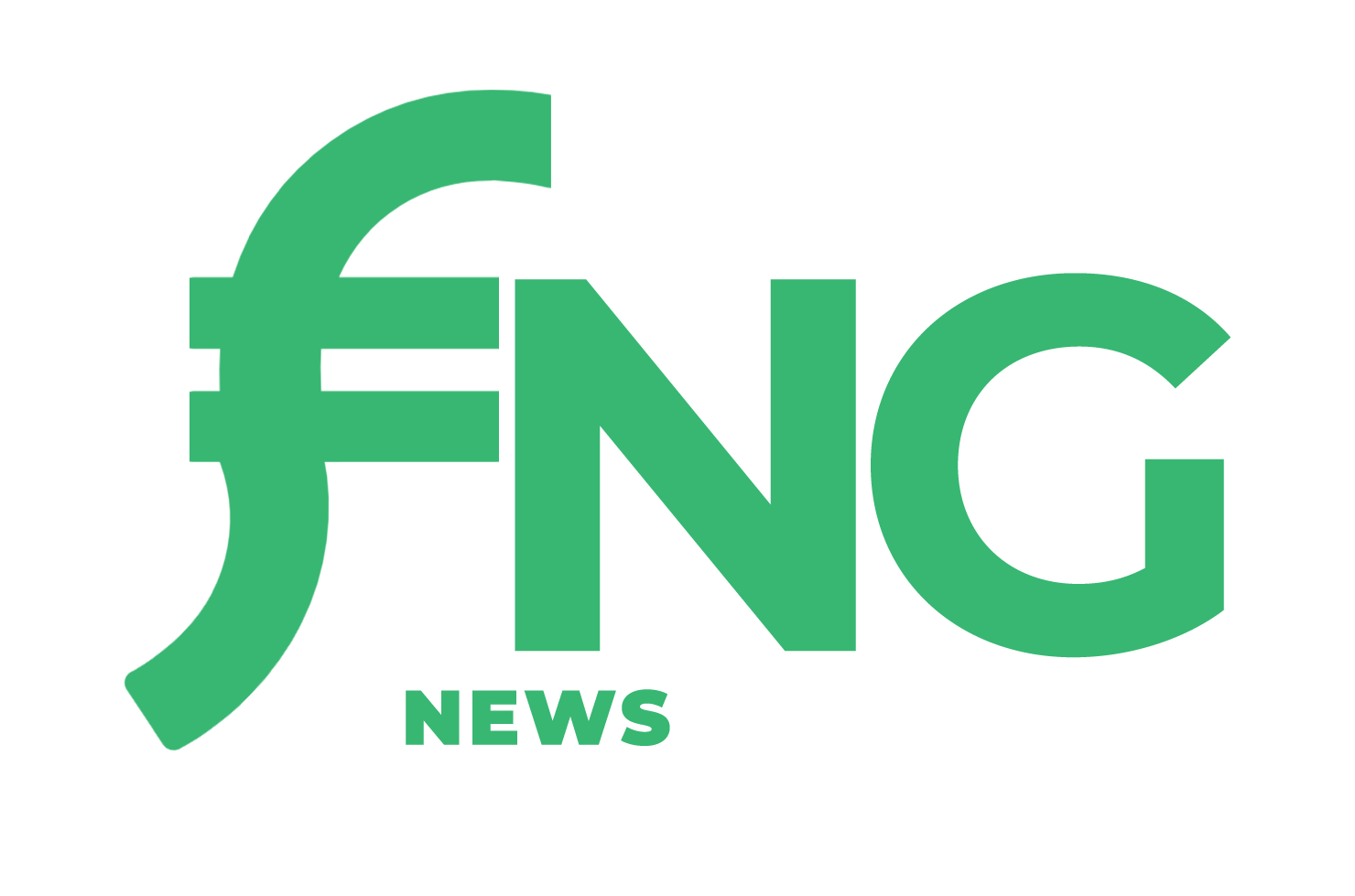Forex Lingo 101: The Terminology Beginners Need to Know
Forex is fast, global, and full of opportunity — but if you don’t speak the language, you’re already behind. This isn’t about flexing technical terms or memorizing definitions. It’s about understanding what matters so you don’t get lost before your first trade’s even open.
Whether you’re going solo or signing up with a forex prop firm, knowing the core terms isn’t optional — it’s the price of entry.
So let’s cut the fluff and break down what beginners actually need to understand.
Pips, Lots, and Leverage — The Basics
Pips
A pip (short for “percentage in point”) is the smallest price move a currency pair can make. Most of the time, that’s the fourth decimal place.
Example:
If EUR/USD moves from 1.1050 to 1.1055, that’s a move of 5 pips.
Why it matters: Pips are how you measure wins and losses. Every strategy, every trade — it all boils down to pip movement.
Lots
Lots are how trade sizes are measured. You’ve got three main types:
- Standard lot = 100,000 units
- Mini lot = 10,000 units
- Micro lot = 1,000 units
If you’re trading with a forex prop firm, chances are they’ll size your trades in lots — so get comfortable with what those numbers actually mean.
Leverage
This is where forex gets powerful — and risky. Leverage lets you control a large position with a small amount of capital.
Example:
With 100:1 leverage, a $1,000 deposit can control $100,000 worth of currency.
Sounds great, right? But remember: leverage amplifies gains and losses. It’s a tool, not a shortcut.
Know Your Orders — Or Don’t Trade
Slapping the “Buy” or “Sell” button isn’t enough. You need to know how to set up a trade — and how to protect yourself.
Market Order
Instant execution. You’re getting the next available price. Great for speed, not always great for precision.
Limit Order
You tell the platform, “Buy/Sell only if the price hits this level.” Good for planning your entries.
Stop Loss
Set it. Always. This closes your trade automatically when the market moves against you by a certain amount. It’s how you stay in the game.
Take Profit
The opposite of a stop loss. It closes your trade when you’ve hit a preset win target. Helps you walk away with money before the market turns.
Bottom line: If you don’t know how to set stops and targets, you’re not trading — you’re gambling.
Spreads, Slippage, and the Broker’s Cut
You’re not trading in a vacuum. Every platform and every broker has a cost — even if you don’t see it right away.
Spread
The spread is the difference between the bid (sell) and ask (buy) price. Brokers make money on this gap.
Tight spreads = good
Wide spreads = you’re paying more just to get in and out
Pay attention. Spreads widen during volatile times — or when your broker’s just not that competitive.
Slippage
You hit “Buy,” but the market moves before the order fills. That price difference? That’s slippage — and it can eat into profits fast.
It happens. Especially around big news. The key is managing it, not pretending it doesn’t exist.
Commission
Some brokers offer “zero commission” trading. Sounds great — but they’re usually making up for it in the spread. Others charge a flat fee per trade.
There’s no free lunch. Know what you’re paying, and factor it into your strategy.
Margin Calls, Drawdowns, and Real Risk
This is where new traders get burned. They think it’s just about wins — but risk management is the game.
Margin
The amount of money your broker sets aside to keep your trade open. If your account balance drops too low, you’ll get a…
Margin Call
This is when your broker says: “Add more money, or we’re closing your positions.” It’s not a suggestion.
Avoid it by using low leverage and setting tight stop losses. Once your balance is gone, it’s too late.
Drawdown
A drawdown is the difference between your peak account balance and its lowest point after a series of losses.
Every trader experiences drawdowns. What matters is how you handle them.
- Are you adjusting position size?
- Are you overtrading to make it back?
- Are you learning anything?
Track your drawdowns. They tell you more about your trading style than your wins do.
Forex Prop Firms and Trader Jargon
Let’s talk about forex prop firms for a second.
These are companies that give you access to capital if you can prove you can trade responsibly. Pass their evaluation, follow their risk rules, and you get funded. Simple in theory, tough in practice.
Why this matters for terminology:
You’ll hear a lot of firm-specific language:
- Challenge = The test phase where you prove your strategy works
- Max drawdown = The maximum loss you’re allowed before you fail the challenge
- Profit target = The minimum profit required to pass
- Scaling plan = How your funding increases if you stay profitable
Prop firms expect you to know your stuff — not just what to click, but what everything means. If you’re aiming to trade with real capital, learn the lingo first.
Learn the Language, Then Play the Game
Forex isn’t complicated — but it is precise. And if you don’t know the terminology, you’ll miss the signals, fall for gimmicks, and misunderstand what the market’s telling you.
Here’s the takeaway:
- Know your pips, lots, and leverage — that’s your foundation.
- Master order types and always use stops — that’s your defense.
- Understand spreads, slippage, and costs — that’s your reality check.
- Watch your drawdowns — that’s your durability.
- And if you’re going with a forex prop firm, speak their language — that’s how you get funded.
Trading isn’t just about making moves. It’s about making informed moves.
Start there — and everything else gets easier.





